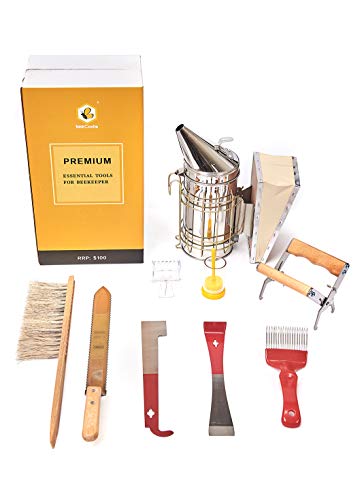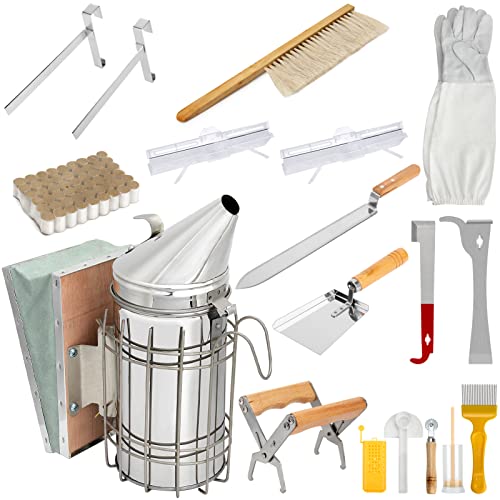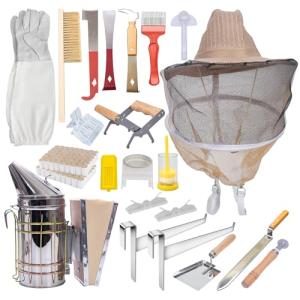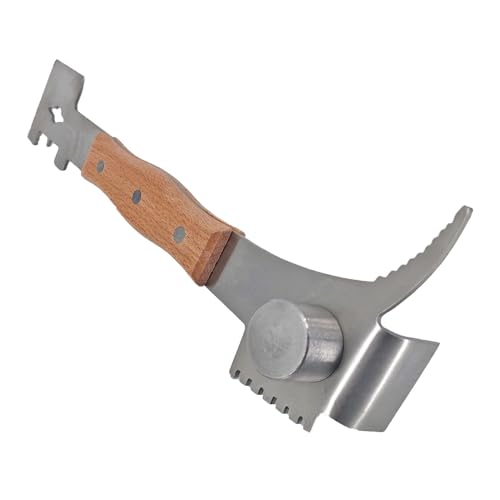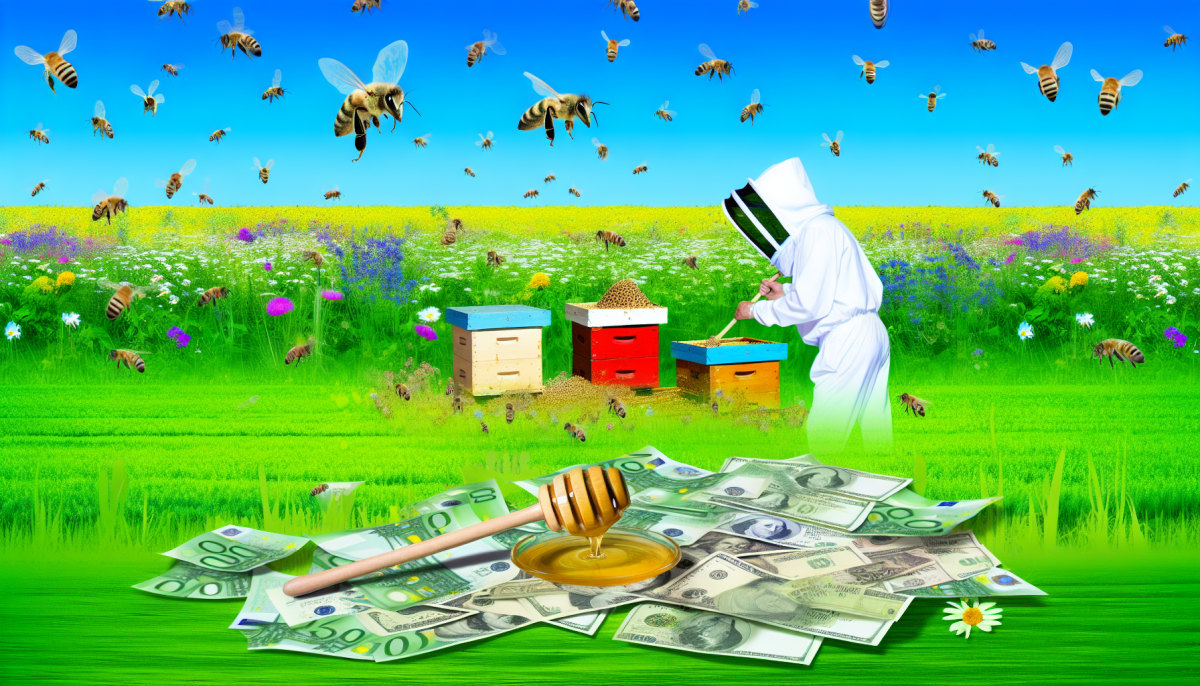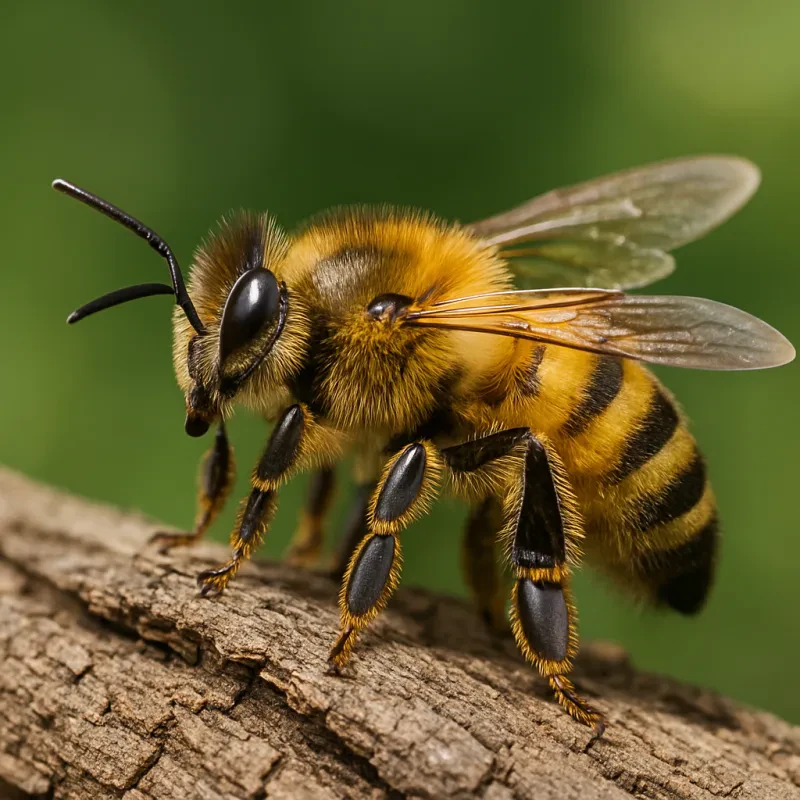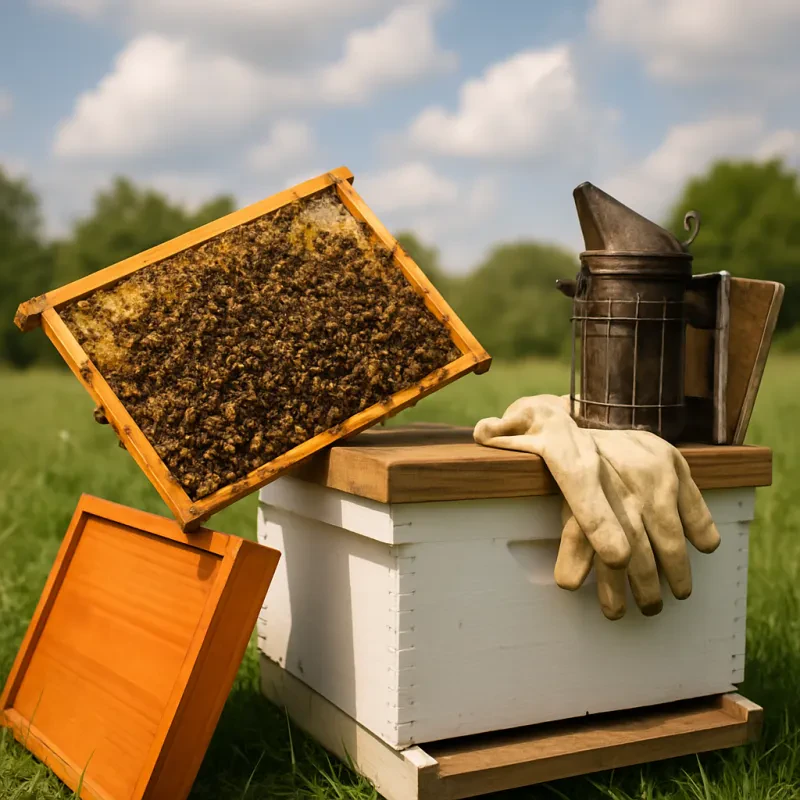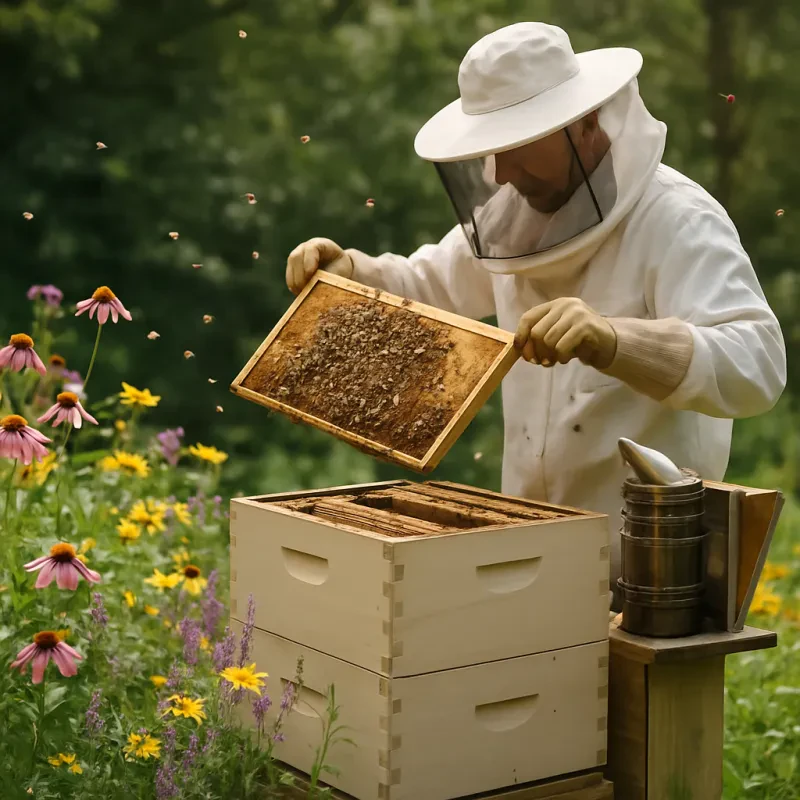Beekeeping is not just a rewarding hobby; it can also be a profitable venture if approached with the right knowledge and strategies. Understanding the basics of beekeeping is essential for anyone looking to turn their passion for bees into a source of income. Before diving into beekeeping money strategies, it's important to grasp the fundamental principles of hive management and bee care.
Starting with a solid foundation involves familiarizing yourself with the anatomy and behavior of honeybees. Knowledge about the different types of bees, such as workers, drones, and queens, will help you manage your hives more effectively. Additionally, learning about seasonal cycles and how they impact bee activity is crucial. Recognizing when to feed your bees and when to harvest honey can significantly affect your productivity and, ultimately, your beekeeping money.
Investing in quality equipment is another key aspect of successful beekeeping. From hives to protective gear, ensuring you have the right tools can prevent losses and enhance your honey production. Beginners often overlook the importance of maintaining a healthy hive environment, which can lead to colony diseases and poor yields. By prioritizing proper hive management and maintenance, you can maximize your beekeeping money potential.
Finally, consider diversifying your product offerings to increase your beekeeping money. Beyond honey, bees produce beeswax, royal jelly, and propolis, all of which can be sold for additional profits. Engaging with local markets or online platforms can broaden your reach and create more sales opportunities. Understanding your target audience and their preferences can help you effectively market your honey and related products, thereby boosting your beekeeping money earnings.
Essential Equipment for Every Bee Farmer
Beekeeping can be a rewarding hobby that transforms into a profitable venture with the right equipment. For beginners looking to dive into the world of beekeeping money strategies, understanding essential tools is the first step. Starting off with the right gear not only ensures your bees are healthy and productive but also helps you in maximizing your honey yield.
First on the list is the beehive itself. Most beginners opt for Langstroth hives, which are widely recognized for their efficiency and ease of management. These hives consist of removable frames that allow for easy inspection and harvesting of honey. Investing in a quality hive will set the foundation for your beekeeping business. Additionally, consider including a second hive as a backup in case one experiences issues.
In addition to hives, protective gear is crucial. A good beekeeping suit, gloves, and a veil will protect you from stings while working closely with your bees. Not only does this equipment keep you safe, but it also makes your beekeeping experience more enjoyable, allowing you to focus on maximizing your beekeeping money potential without fear.
Finally, let’s not forget the essential tools required for hive management. A hive tool is essential for prying apart frames and scraping off propolis and wax residue. A smoker is also vital, as it calms the bees, making inspection much easier. By investing in these tools, you are setting up your beekeeping operation for success, thus paving the way to achieving your beekeeping money goals.
Smart Marketing Tips for Honey Sales
Smart marketing can make a significant difference in your beekeeping money strategy. The first step is to understand your target audience. Are you selling honey to local households, restaurants, or farmers' markets? Tailoring your approach to meet the specific needs and tastes of your customers can help you stand out. For instance, if you’re targeting health-conscious consumers, highlight the health benefits of honey and its organic nature.
Utilizing social media platforms can greatly enhance your visibility. Create engaging content that showcases your beekeeping journey, the process of honey production, and the unique flavors of your honey. Sharing beautiful photos of your bees, hives, and honey jars can attract potential buyers. Don’t forget to interact with your followers; answering questions and responding to comments can help build a loyal community around your beekeeping money endeavors.
Offering samples at local events and markets is another effective way to increase sales. Letting customers taste your honey can be a game-changer, as it allows them to experience the quality firsthand. Consider hosting honey-tasting events, collaborating with local cafes, or participating in community festivals. These opportunities not only promote your product but also create a personal connection with your customers, which is essential for generating repeat business.
Lastly, consider packaging your honey attractively. Unique and eye-catching packaging can make your product more appealing and increase its perceived value. You could also create themed gift sets that include various honeys or pair honey with local products like tea or baked goods. This not only enhances your product’s appeal but also opens up new selling channels, turning your beekeeping money strategy into a more profitable venture.
Managing Costs to Boost Profit Margins
Managing costs effectively is crucial for any beekeeper looking to enhance their profitability. In the world of beekeeping money, it’s not just about how much honey you sell; it’s also about how much you spend to produce that honey. By keeping a close eye on your expenses, you can protect your profit margins and create a sustainable business model.
One of the first steps in managing costs is to track all your expenses meticulously. This includes the costs of hives, bee colonies, feed, equipment, and any other supplies needed for beekeeping. By creating a budget, you can have a clearer view of where your money is going and identify areas where you can cut costs or find better deals. Comparing prices from different suppliers can lead to significant savings, allowing you to invest more back into your hive.
Additionally, considering cooperative purchasing can be a smart strategy for reducing costs. Many beekeepers join local associations or co-ops where they can pool their resources to buy supplies in bulk. This not only reduces the per-unit cost but also fosters community support among fellow beekeepers. Strong relationships in your local beekeeping community can provide valuable insights and opportunities to streamline your expenses.
Finally, don’t forget the importance of self-education in reducing costs. Learning about beekeeping best practices, pest management, and hive maintenance can help you avoid costly mistakes. There are many resources available, from online courses to local workshops, that can equip you with knowledge to make informed decisions. With a focus on managing costs effectively, you’ll be on your way to maximizing your beekeeping money and enjoying a more profitable operation.
